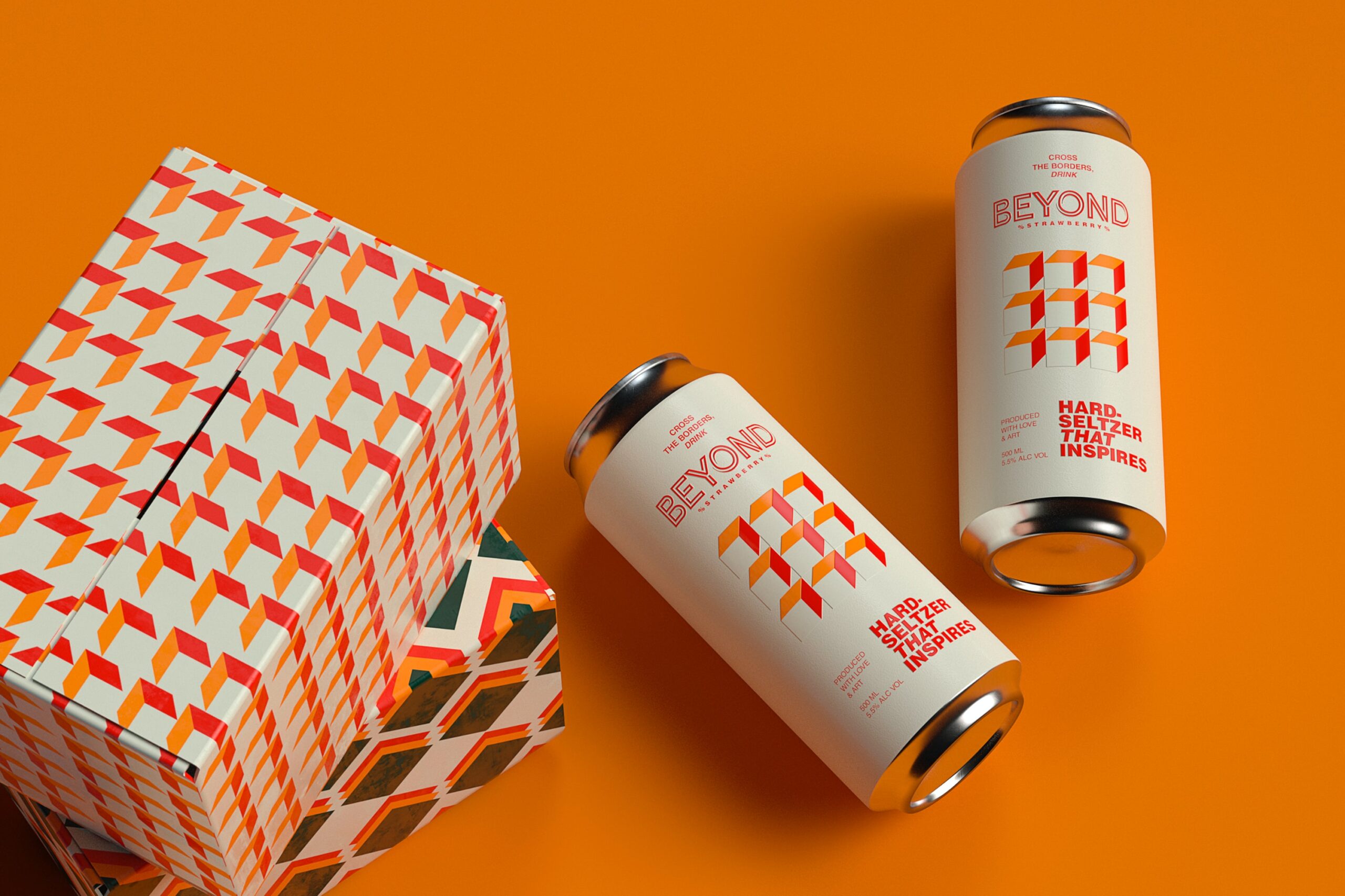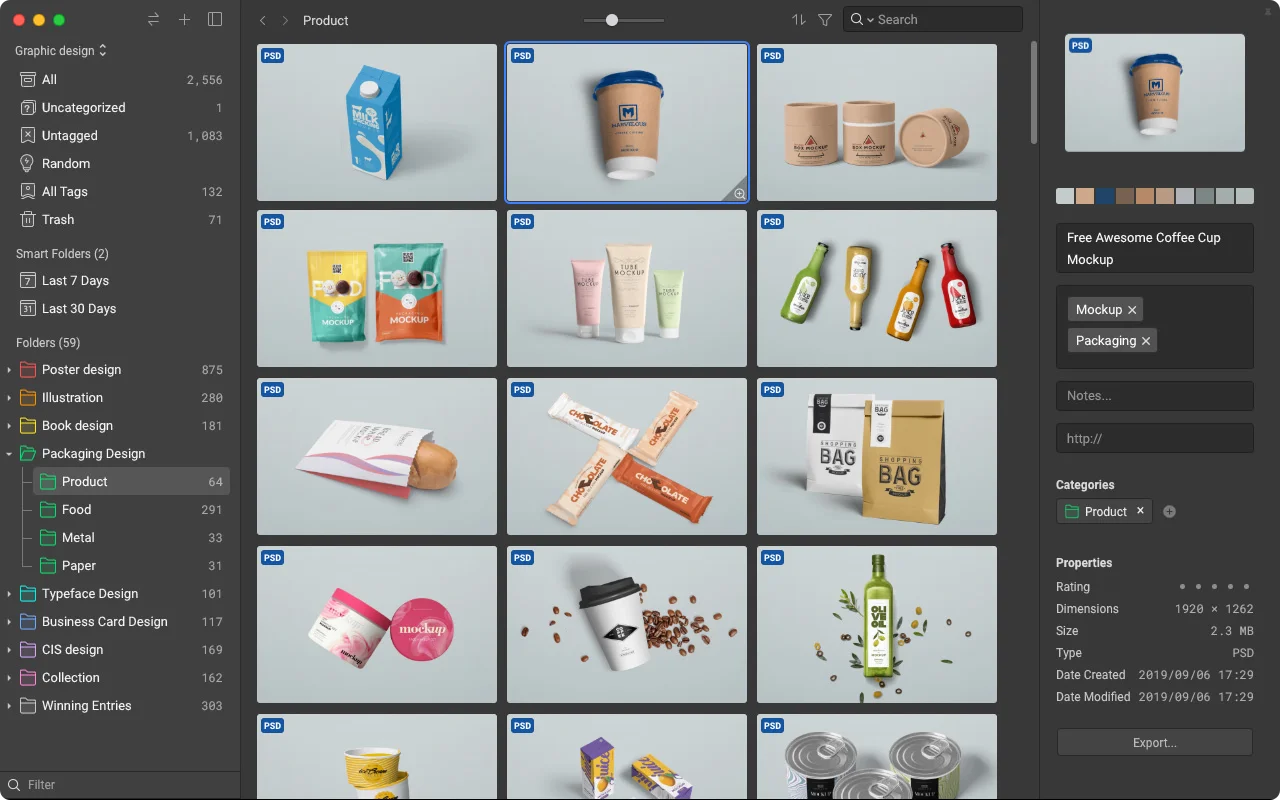A business card refers to a small printed paper card whose size is similar to that of a credit card. It holds your business details, such as name, brand logo, and contact details. Your business card design is a vital part of your branding, which acts as a visual extension of your brand design.
Whether a big design agency or freelance illustrator, business cards are essential for every organization. They are a great way to showcase your brand and establish new connections at networking events. Business cards may be small, but they should pack a punch to have the potential to win new business.
Business cards are vital marketing tools, especially if you run a local business. They are easy to carry and hand out to prospective clients you meet at networking events thanks to their small sizes.
Equally important, prospects and customers can tuck your business card in a desk drawer, their wallet or other locations. The size of the card makes it convenient to find it – and your business – when they need.
Designing a business card that professionally portrays your business is essential. Without further ado, let’s look at five essential tips on how to design your own business card.

-
Choose the Right Logo
When you designed your logo, did you consider that you might want to shrink to minute proportions in the future? Your logo should appear on your business card. However, there is limited space for it.
If your logo includes too many words or is too complicated, it won’t be recognizable when you shrink it. If you have already designed a logo and it only looks good on signs and websites, you may want to replace it or design a related logo, especially for business cards, letterhead, stationery, and promotional products like uniform shirts, advertisements, and pens.
-
Include the Essential Info Only
Make sure to include important information only. Business cards are small, so include the most important details for the customer or prospect. Incorporate the following info based on the order of importance:
- Company logo and name
- Your name
- Your title
- Contact details (address, phone number, and email address)
- Website address
- Company slogan or other indication of what you sell or do
-
Use a Basic Font
Use simple, businesslike fonts for designing business cards for many types of businesses. Many designers prefer Sans serif fonts. Resist the desire to use more than one or two different fonts or get overly creative with your font choice. A well-designed business card is both professional looking and readable.
-
Go Big on White Space
If you like a particular business card, it likely has a lot of white, blank space. Other design elements will stand out on the white space, and the reader will notice easily. The more you pack onto a business card, the more difficult it will be to read, and therefore, the more likely it will not be read.
-
Design a Card That Suits Your Business
A subdued card is usually the best choice of business card for lawyers, doctors, financial services, and other “coat and tie” wearing professions. However, that is not the case for everyone.
If you are in the creative industry, design a card that shows off your skills. It will not only advertise your business, but it will also serve as a small portfolio of your work. Consider including your photo on your business card – particularly if you are the actual business – so that your prospects can remember your face more than your business name.
Follow the first rule of creativity: Less is always more. Ensure that you do not overdesign or include too many lines of text or elements on your card.
Your business card is an essential part of your business where you do not need to reinvent the wheel. Combine the classic design with simple design elements to achieve a professional appearance.
At Business Print, we can help you to design stunning and professional business cards in Dublin and the surrounding environs. Call us today at (01) 450 8616 or fill out our contact form to get a free quote.












Add Comment